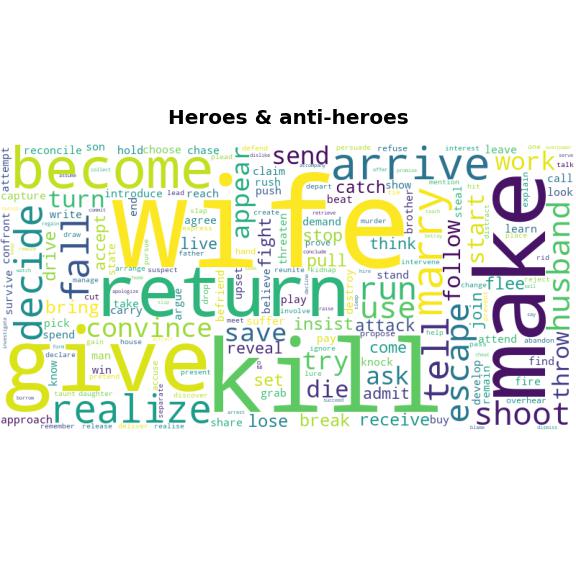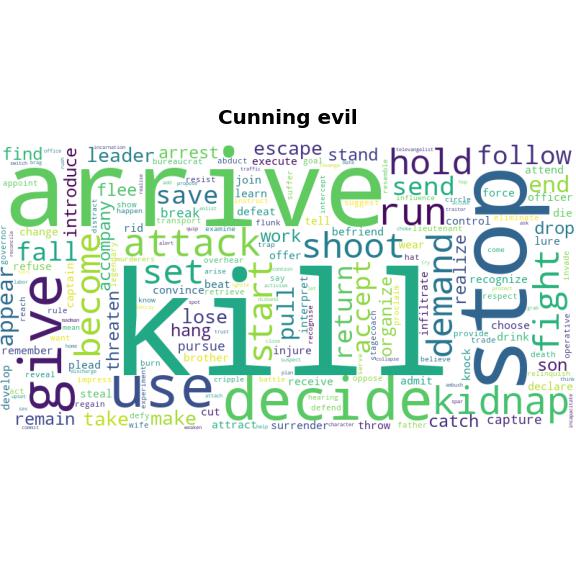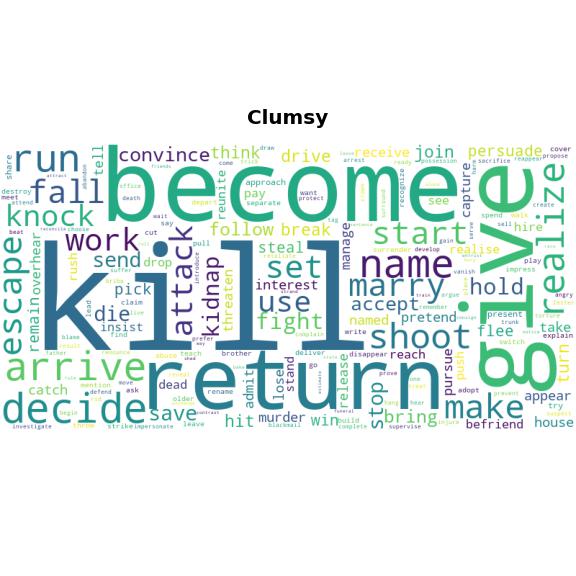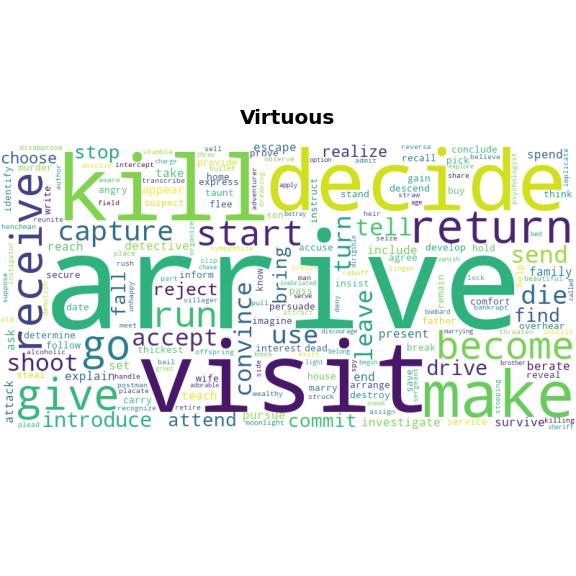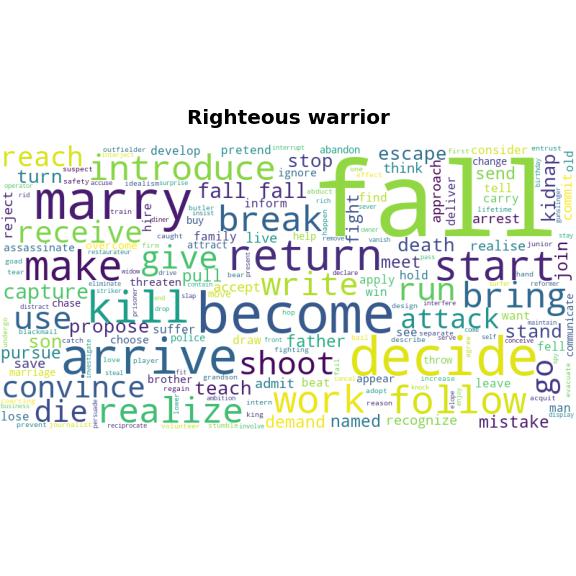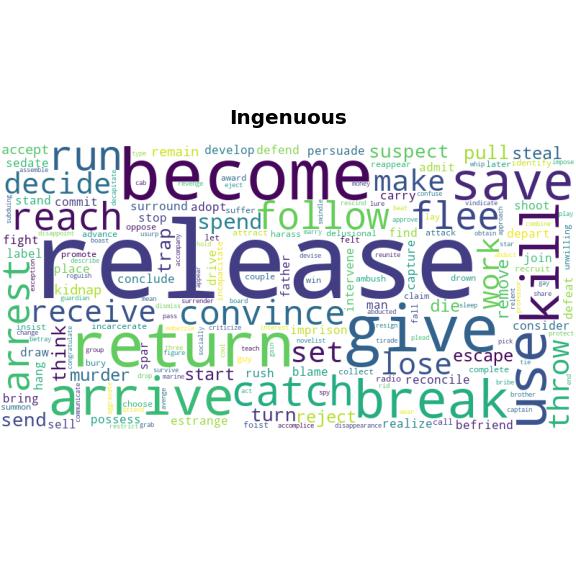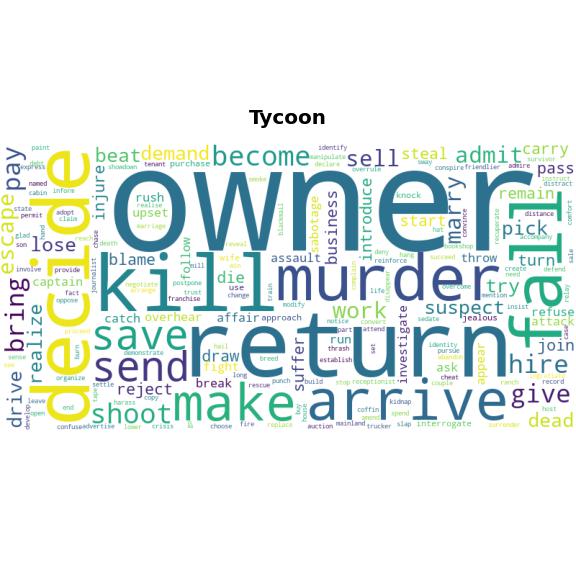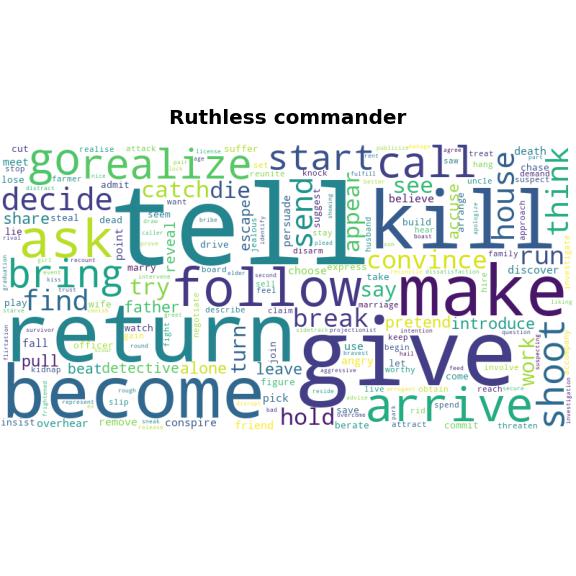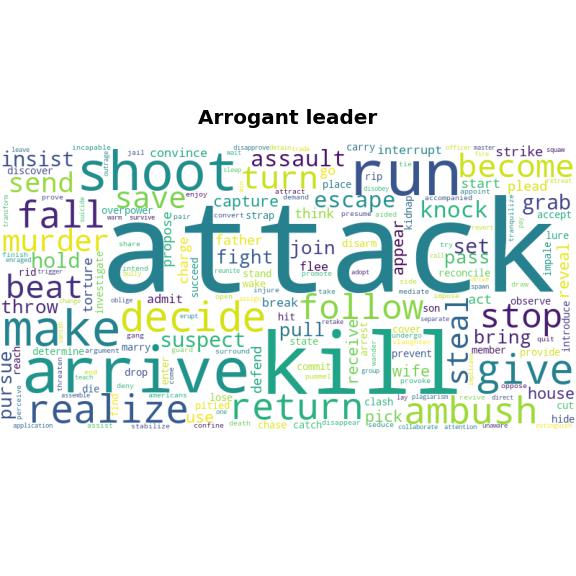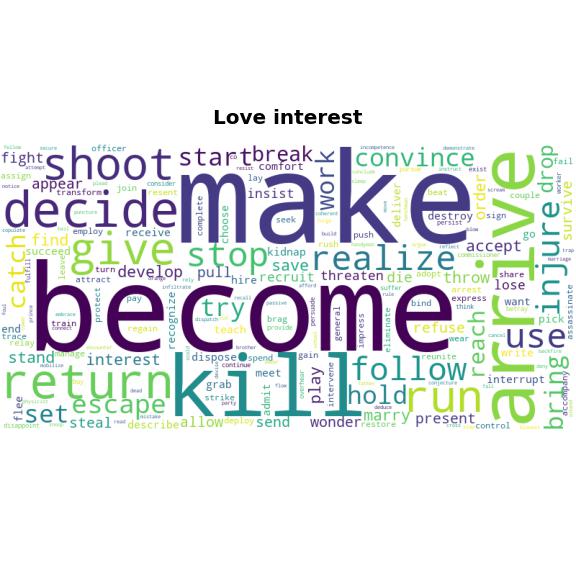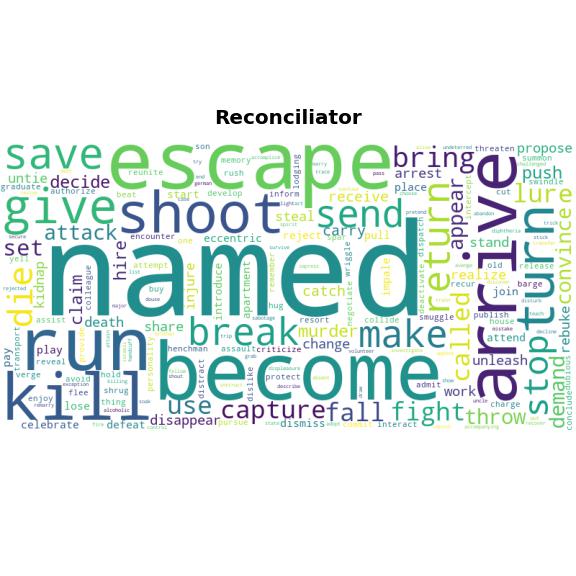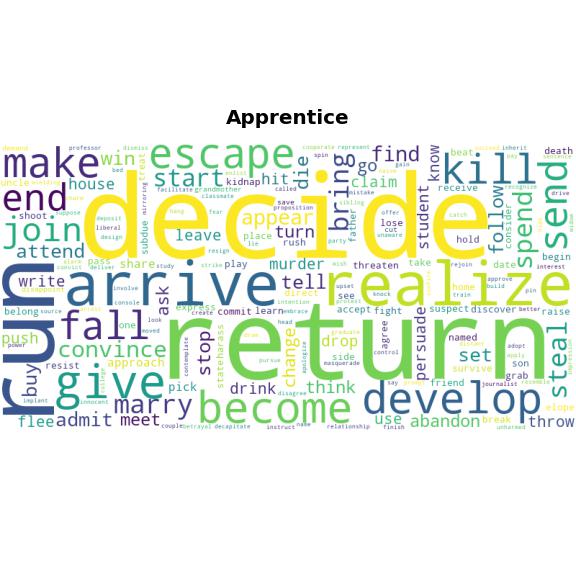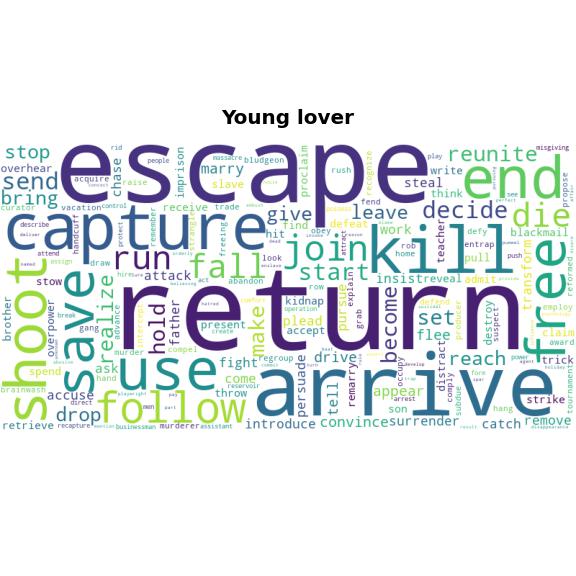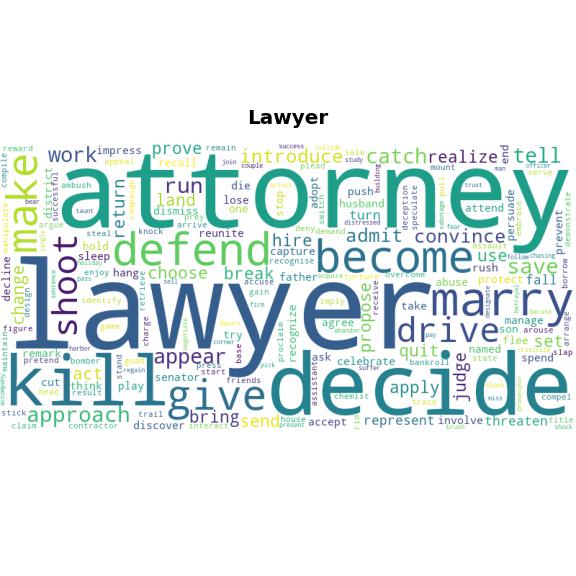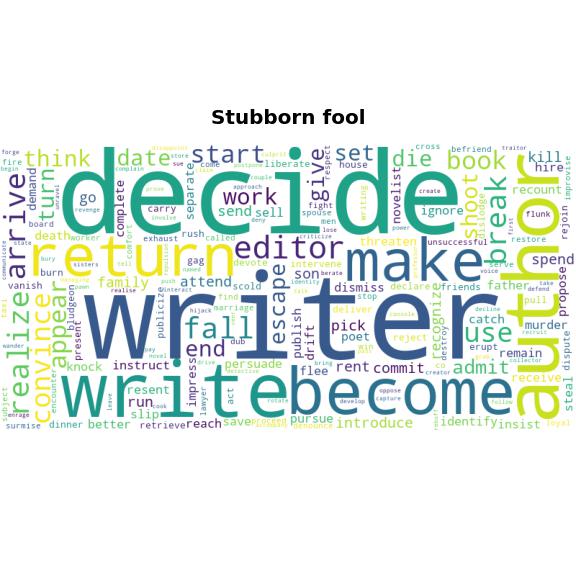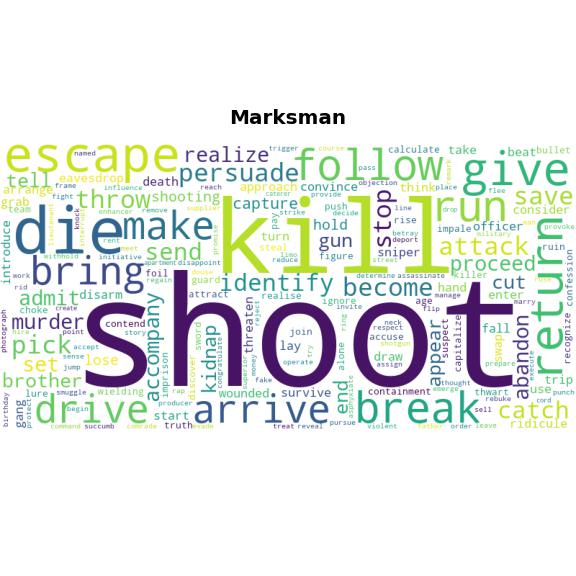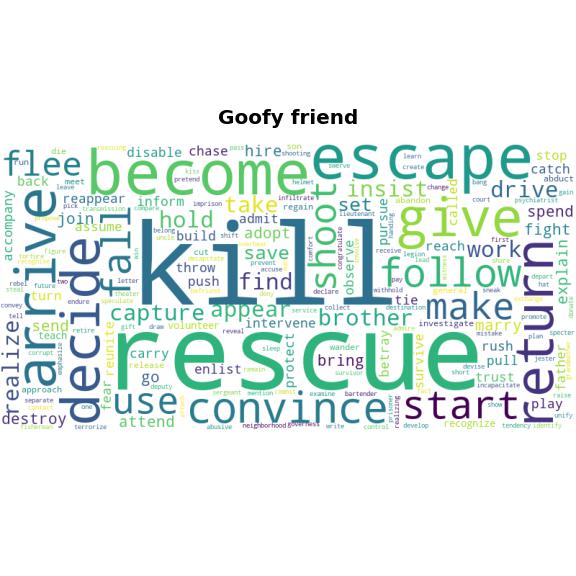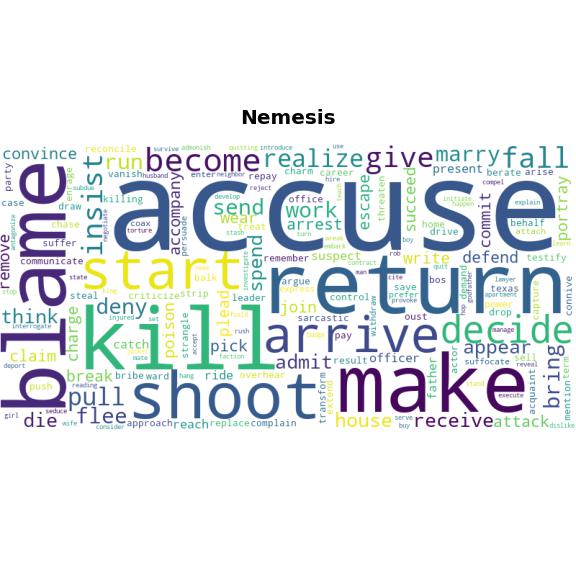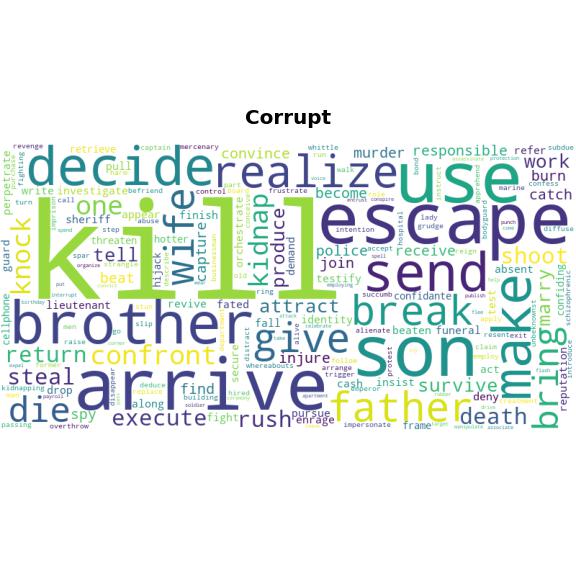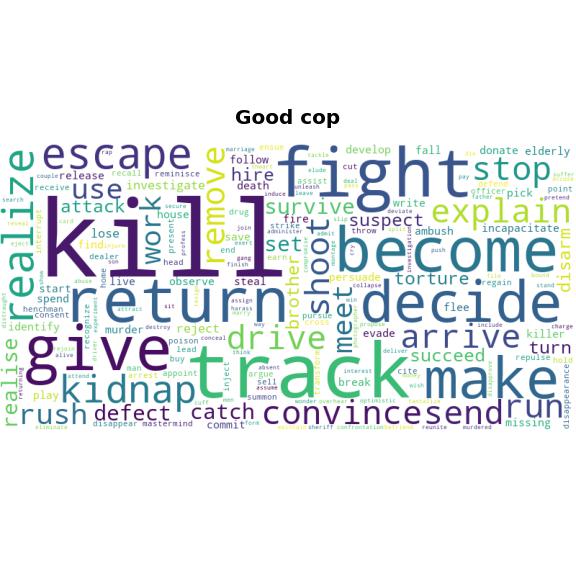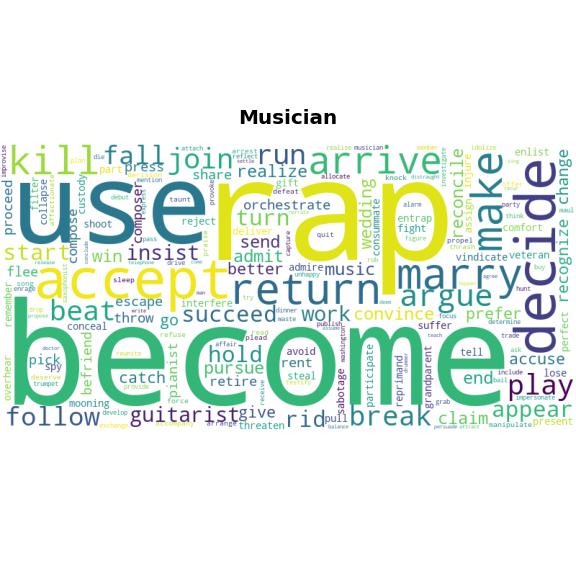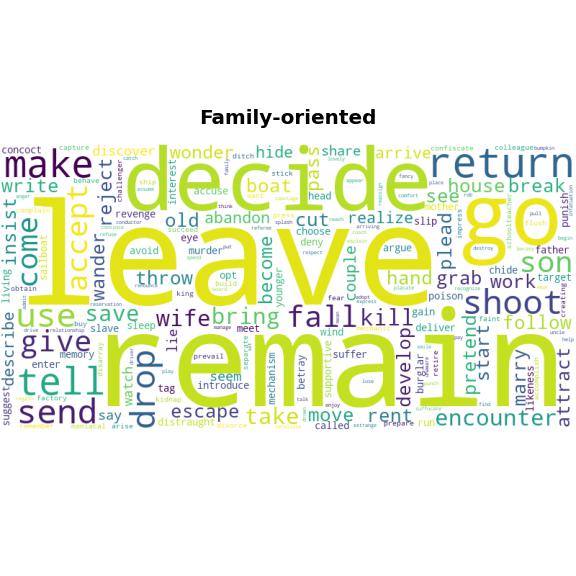Welcome
The universe is made of stories. Nowadays, the most impactful stories come in the form of movies. Our society is reflected in the characters and stories that we see on the big screen. What can we learn from them? In this datastory, we take you on a journey through time and space to discover movies through the eyes of characters.
Data
This story uses data from the CMU movie summary corpus. What does this dataset entail?
The authors also classified 500 characters into one of 72 character archetypes.
Genres
Let us start our journey by looking at movie genres. Can you guess how many there are?
Number of genres
364
The figure below shows the evolution of movie genres over time. One can see that the movie industry has changed significantly over time. Up until 1920, black-and-white, silent and short films dominated the industry. The first movie with both synchronized music and speech is The Jazz Singer. This marked the end of the era of silent movies, as movies with sound ("talkies") soared in popularity from this point on. What pattern do you see for your favorite movie genre?
Movie characters
We now move onto studying character archetypes. Humans are complex and diverse, and no two people are the same. Yet we tend to find the same character types again and again in movies. Who does not know the heroic protagonist in action movies, or the funny sidekick in action comedy?
Our research aims to gain a better understanding of characters in movies by clustering them based on their characteristics. Using these clusters, one can find patterns within and across movies. To illustrate this, we can look at what clusters are most common for a movie genre.
What do you think are the top 5 character types for thrillers? How about silent movies?

Top 5 Thriller cluster labels
Heroes & Anti-Heroes
Femme fatale
Arrogant leader
Marksman
Clumsy

Top 5 Silent Movie cluster labels
Heroes and Anti-Heroes
Righteous warrior
Nemesis
Femme fatale
Musician
Character clustering
Before we dive into the nitty-gritty details, take some time to explore the clusters! Can you find your favorite movies? Your favorite characters? Who is the big pink circle in young love female characters?
All done playing? So how did we get these clusters. This process starts with processing all plot summaries to get as much information as possible about each character: name, age, profession, marital status, adjectives, passive verbs, active verbs… Everything we could get to understand what are they like. We then embedded these descriptions into 3D space in order to visualize the character archetypes as a point cloud.
What do we learn from these clusters? The first thing that strikes the eye is the big central cluster, which consists of Heroes and anti-heroes. This is not so surprising, as a hero or anti-hero is usually the main character of a movie. Naturally, many of the characters that were extracted from the plot summaries are main characters. Second, we looked at characters in romance movies. We see that most romance characters are in the central hero or anti-hero cluster. This indicates that from the romance movies, we have mostly gathered the main characters. We also notice something surprising: there are a great deal of lawyers in the romance movies... Seems like a 39 years old male lawyer is a popular character in romance comedies...
Cluster analysis
We wanted to look more closely into the different character types. What are the most common character types? Are they becoming more popular with time? How profitable are they? Let's answer these questions using the graph on the right hand side.
For this figure we have selected the ten biggest clusters and look at them individually. One can toggle between clusters with the drop-down menu at the top left corner. The graph displays the percentage of characters that belong to the cluster for each time period. If the bars increase across time for a cluster, this indicates that the cluster has become more prevalent in movies during the last century. Additionally, the color of a bar chart indicates the percentage of revenue created by the movies to which these characters belong.
What do we learn from this graph? Clumsy characters have become more prevalent and more profitable over time. Arrogant leaders have also become more prevalent, but not more profitable. What other patterns can you discover?
Cluster wordclouds
Love is the third most common word after father and man in the plot summaries, but kill might not be too far off. It seems that these Femme fatale are not the most pleasant characters to be around. Might need a Goofy friend to come to the rescue. The wordcloud for corrupt character has a lot of family nouns... the family business is not always the best business.Love relations
Who is your soulmate? Every day, many people are looking for a partner, whether it is through a dating app or in a bar. Although we cannot answer this million-dollar question, we provide an insight into which character archetypes are coupled in movies. When we watch movies, we often become invested in the relationships between the characters on screen. From the love stories that capture our hearts to the rivalries that keep us on the edge of our seats, these relationships help to drive the plot and create a sense of connection with the audience.
By connecting these characters with lines indicating that they are in a relationship with one another, you are able to see how certain archetypes are often paired together. One thing that becomes obvious from the graph, is that most relationships involve (anti-)heroes. This is not surprising, since these characters are usually the main character. In contrast, some archetypes, such as the stubbern fool and goofy friend, are seldom involved in relationships. One could wonder if this is the view of society, do these archetypes not belong in a relationship?
We also notice a lot of relationships between heroes and anti-heroes and lawyers cluster. It is not surprising as lawyers are heavily represented in romance movies as seen previously. We also notice the protector cluster is highly connected with Heroes and anti-heroes.
If you would be in a movie, who would you be, and who would be your partner?
Evolution over time
From the complex and multi-layered protagonists to the one-dimensional antagonists, characters help to drive the plot and create a sense of connection with the audience. But have you ever stopped to consider how these characters have evolved over time? We see that some character types (ex: Heroes and anti-heroes and Femme fatale) are very popular from the beginning and stay as such throughout the last century. On the other hand, we notice some character type got popular in the last few decades such as clumsy characters while other saw their popularity decline with time: sophisticated psychopath and righteous warrior archetypes. Are we seeing a shift towards more complex and nuanced characters, or are audiences still drawn to the more archetypal figures that have always captivated us? Only time will tell, but one thing is for certain: the characters we love (and love to hate) will continue to evolve and surprise us as the art of storytelling evolves with them.Conclusion
As we've seen, the characters that populate our favorite movies have evolved over time, with some archetypes remaining consistently popular while others rise and fall in popularity. From the femme fatales to the wise mentors, these characters have captured our hearts and imaginations for decades. In our clustering analysis, we have seen that the heroes and anti-heroes make up the largest cluster, which indicates that they are often the main characters. But it's not just the individual characters that have changed - the relationships between them have evolved as well. From the plucky sidekicks and loyal friends to the star-crossed lovers and bitter enemies, we've seen a wide range of character pairings on the big screen. And while some of these relationships have remained consistently popular, others have come and gone with the times. But perhaps most interestingly, we've seen a shift in the way that love is depicted in movies. Whether it's the classic love-at-first-sight romance of "Casablanca" or the complex and tumultuous relationships of modern films like "Eternal Sunshine of the Spotless Mind," the way we depict love on the screen has evolved along with our own understanding of relationships. And as we look back at the rich tapestry of films that have come before us, we can't help but wonder what the future will hold for the characters and relationships that will captivate our hearts and imaginations in the years to come.

